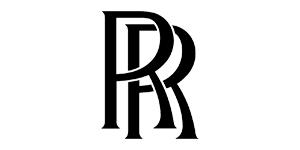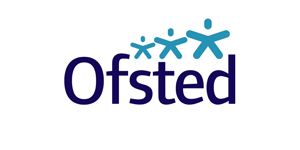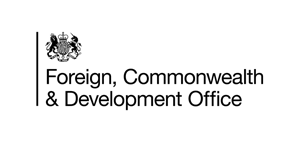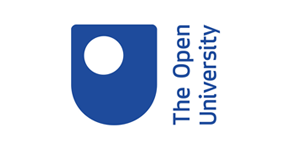Selfie, supervision and success – reflecting on my coaching selfie
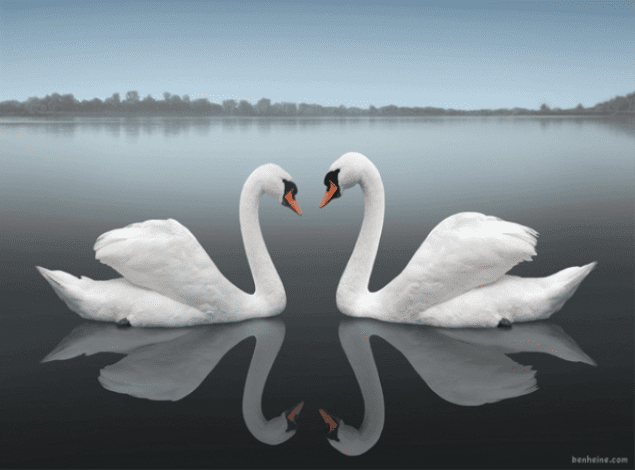
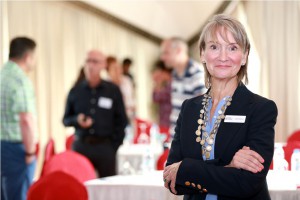
I attended the Coaching at Work Annual Conference “Onwards and Upwards”. Hearing Liz Hall, Editor of Coaching at Work reflect on the last ten years (of the publication) the challenges, the achievements, the thrill of making it work has made me reflect on my year.
2015 is a big year for BSC and there is always tremendous energy in the practice, which I think is key to generating ideas and progression. When I reflect back on the last 12 months, I do this by “seeing and feeling”; then the highlights and lowlights very quickly come back to me. I wonder who else does this in such a visual way – or is it me?
When I say seeing and feeling, I am referring to the visual imagery and emotional triggers. So I have begun to think about how this could be used for supporting evidence based reviews such as: performance development review, evaluation of team performance, performance of a class over their school year and essential for us coaches; coaching supervision.
To share my thinking on this I will return to my title, “selfie, supervision and success”. Taking a selfie is now the done thing, and the use of selfie sticks is the new annoyance, finding itself banned by museums and Disney, personally I am not a fan.
Only once have I taken a selfie, that was to capture a ‘really can’t believe it’ moment. I had lost all my hair as a result of chemotherapy and I couldn’t believe the head on my shoulders was mine. It was a moment when seeing was believing, particularly when I would wake up and try to flick my long hair off my shoulders to be surprised it had gone.
My Grandmother would refer to taking a photograph as “having your likeness taken” and this was a difficult likeness to comprehend the selfie was a realisation of my current reality.
So I suppose the advantage of taking a selfie or photograph is it clearly captures the likeness, no matter how we may say “I don’t look like that”, I have come to realise that recognising how we truly look or truly are is that from this position we can see the true potential.
A) Continual Professional Development (CPD)
As coaches and mentors we must develop further our knowledge, understanding and skills. Effective CPD needs to have not just learning but application, how do we apply or implement the learning. As a new coach or mentor there is a lot to learn, everything from managing a session, environment, questioning, silence, suspending judgement and so on. As we become more experienced we need to become more critical of our own practice. Unpicking each element of a session and exploring what makes the difference. The more experienced we become the smaller but possibly deeper the difference is likely to be. It is the minutiae, the tiny difference I refer to as the “slither of difference”, which will ensure growth making us all more effective coaches.
Sir David Brailsford, CBE British Cycling Coach, refers to a similar philosophy of improvement as the “aggregation of marginal gains” the 1 percent margin in everything we do. If we add up these gains our slither of difference I think of the potential, the impact for our clients. According to a blog by James Clear no detail is too small when it comes to improvement; “They searched for 1 percent improvements in tiny areas that were overlooked by almost everyone else: discovering the pillow that offered the best sleep and taking it with them to hotels, testing for the most effective type of massage gel, and teaching riders the best way to wash their hands to avoid infection. They searched for one percent improvements everywhere”.
B) Identifying the “slither of difference”
Identification of the “slither of difference” can be tough, especially immediately after a coaching/mentoring session. You may have another session – you may be travelling or you may simply be too tired to review the session effectively.
I recommend scheduling a review some 36/48 hours later, this for me is the optimum time, personally rather in the morning rather than afternoon or evening. Energy is more likely to be restored and the step away brings clarity. However a word of warning, your review is dependent on your recall, so with your clients permission it is a good idea to voice record the session. Listening to this will provide greater insight into what worked for the client and areas less effective and help document the session and identify the slither of difference.
C) Capturing the selfie moment
Whether you choose to voice record or not I would suggest have a go at capturing the image. What I mean by this is capturing the moment, the image that recognises your slither of difference either as a strength or an area for development. For example the time it took to ‘unlock’ the client in a session by an image of the clock in the coaching room; an image of stillness to remind you of doing nothing and the power of silence in a session.
You may find it useful to write up the ‘unlock’ question and photograph it. With phones and tablets this is extremely easy and makes my next suggestion even easier.
D) Preparing for supervision
Supervision is essential. To fully benefit from supervision I believe we need to invest in it, make time for it and take our reflections to the session. Remember you only get out what you put in, and this is especially true for supervision. Through the images we have generated we have the when and possibly the how we did something through reflection and supervision we can understand the why we did it, and the so what or what next. Through supervision we can receive support and challenge to work on our “slither of difference”.
E) Performance Timeline – Reflecting on previous 12 months
Using selfies or images we can build a timeline, say 12 months and reflect back to understand our growth. If we wish to understand more we can identify the data points of where our practice developed or didn’t and where support may be needed.
If this sounds interesting try overlaying your coaching sessions data with the rest of your life. Take your timeline and add to it:
A) Health
B) Energy – you may remember great highs and lows, a time when you may have operated slightly below par – a selfie/image may be particularly useful here.
C) Work
D) Home – family, personal events, life happenings
Then stand back and see if this visual representation of your whole self provides evidence as to your performance over your timeline. An example of this will be presented in my next blog.
F) The whole person coach
Working out your whole person timeline will provide immense data when identifying the slither of difference. I believe we are only as good as our whole self, so our coaching performance is more than likely to be affected by what is happening in our world or whole self. Whilst we all practice suppressing daily distractions, life events such as illness (ourselves or our children), bereavement, work challenges etc can cause interference and often a reduction in energy which is likely to have a knock on effect with a reduction in mental agility. The Full Spectrum Model , Edna Murdoch, focuses on the whole person.
So consider snapping your selfie for supervision and reflect on the whole you to inform and develop your practice – to be the most effective coach you can be.
Judith Barton, BA, MSc, Chartered FCIPD, FISQC, MInstLM, EMCC Member,
Director of Coaching and Mentoring
British School of Coaching
Judith is leading the ILM Certificate/Diploma in Coaching Supervision starting 8th December 2015.



